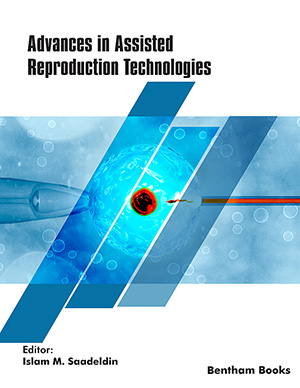Abstract
The BIOLAB is a multi-user facility of the European Space Agency ESA, accommodated in the European COLUMBUS Module of the International Space Station. The BIOLAB flight facility enables biological and biomedical experiments investigating the effects of weightlessness and/or space radiation on microorganisms, cell cultures of various origins, lower organisms and small plants and animals. The proposals for Life Sciences experiments are selected by an ESA peer group. The BIOLAB facility consists of an automated left part and a right part which is manually operated by the astronauts on orbit. The biological and biomedical samples are accommodated in experiment-specific containers, dedicated to each individual experiment. Sample preparation can be performed in the Bioglovebox, storage of biosamples in a cooler/freezer. On-orbit analyses can be performed by means of a microscope. The incubator as the heart piece of BIOLAB includes a life support system and two rotor platforms. Furthermore the video camera system mounted on the rotor platforms enables a regular control of the biosamples via telescience from/to ground. The BIOLAB facility is controlled and monitored by the Microgravity User Support Center (MUSC) as Facility Responsible Center (FRC) at DLR, Cologne, Germany, on behalf of the European Space Agency. MUSC is interfacing with the astronauts on orbit and the partners of the ISS ground segment, space hardware developers and the COLUMBUS Control Center. Main MUSC tasks for BIOLAB are increment preparation, experiment optimization and flight qualification, on-orbit operations via telescience, as well as post-increment evaluation. BIOLAB ground models - complemented by hyper-g and µg simulation devices - are available for experiments. DLR MUSC is supported by the specific expertise of BIOTESC (Lucerne, Switzerland).
This review encompasses a description of the BIOLAB facility and exemplarily some experiments hitherto flown.
Keywords: Biology, International Space Station, weightlessness, centrifuge, hyper-g, artificial gravity.
























